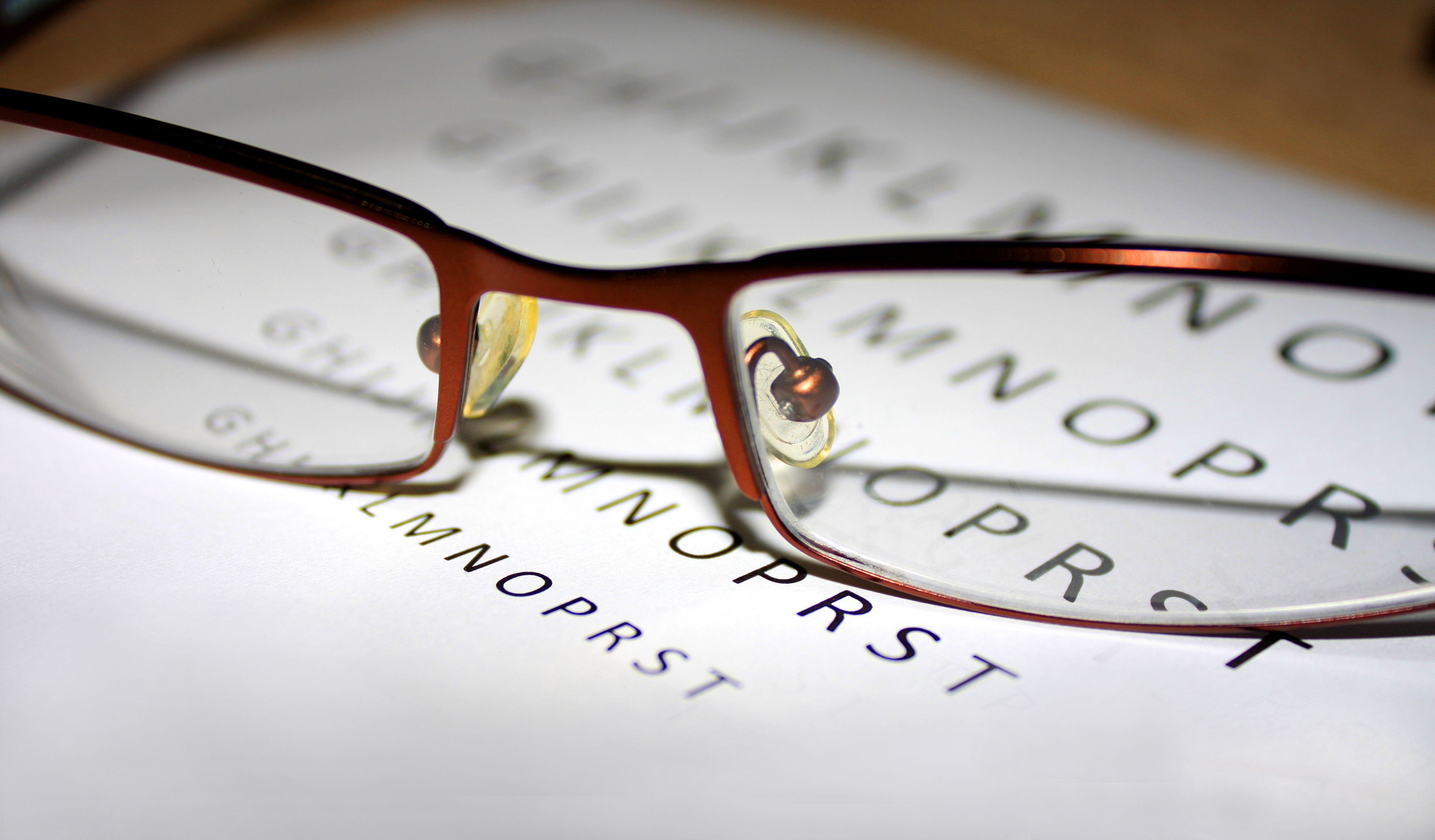Article
Perfluorohexyloctane Reduced Signs and Symptoms of Dry Eye Disease
Author(s):
Perfluorohexyloctane (NOV03) was able to reduce the signs and symptoms of dry eye disease (DED) when compared with hypotonic saline control and was well tolerated.
Decreased signs and symptoms were found in dry eye disease (DED) when perfluorohexyloctane (NOV03) was used instead of hypotonic saline control, according to a study published in The American Journal of Ophthalmology. NOV03 was found to have similar adverse events as saline.
DED causes dryness, soreness, burning, itchiness, and visual disturbance in those diagnosed. DED can be classified as aqueous-deficient, evaporative, or a combination. NOV03 is an investigational drug currently under review by the FDA to be used for treatment of DED associated with meibomian gland dysfunction (MGD). The current study “presents the results of a second, similarly designed phase 3 trial, MOJAVE, which evaluated the efficacy and safety of NOV03 in adults with DED associated with MGD.”
MOJAVE was an 8-week, multicenter trial conducted in 42 sites in the United States between November 2020 and August 2021. There were 5 visits needed from all patients: a screening visit, a baseline visit, and 3 follow-up visits at weeks 2, 4, and 8. All eligible patients were randomized into 2 separate groups that received either NOV03 or hypotonic saline solution. All patients needed to take 1 drop of medication in each eye 4 times per day for 8 weeks.
Patients were eligible if they were aged 18 years and older and had a self-reported history of DED in both eyes for 6 months or more. They also needed to have the following symptoms in at least 1 eye: tear film break-up time less than or equal to 5 seconds, an unanesthetized Schirmer’s tear test of greater than or equal to 5 mm, total MGD score of 3 or more, a total corneal fluorescein staining (tCFS) score between 4 and 11, and an ocular surface disease index (OSDI) score of 25 or more.
Patients were not allowed to wear contact lenses, have ocular surgery, or use other dry eye treatments during the treatment period. All signs and symptoms of DED were assessed at screening, baseline, and the 3 follow-up visits. The primary endpoints were changes in tCFS and VAS eye dryness scores.
There were 620 patients included in the study, 311 in the NOV03 group and 309 in the control group. Compliance rate was 98.4% for patients in both groups.
Greater reduction in both tCFS score and VAS dryness score were found in patients who were treated with NOV03 compared with patients who took the saline control treatment. The least-squares (LS) mean treatment difference in tCFS score was –1.2 (95% CI, –1.7 to –0.8); the LS mean treatment difference in VAS dryness score was –10.2 (95% CI, –14.4 to –6.1).
The mean improvement was greater in NOV03 treatment compared with saline. The LS mean treatment difference was –7.3 (95% CI, –11.3 to –3.4) for VAS burning/stinging score from baseline to week 8. The LS treatment difference was –0.3 (95% CI, –0.5 to –0.2) in central CFS score from baseline to week 8.
Patients who were tCFS responders were more often in the NOV03 group compared with the control (50.0% vs 30.7%). The proportion of patients with 30% or more reduction in VAS dryness score was greater in the NOV03 group compared with the control group (65.6% vs 45.3%). LS mean decreases in OSDI score from baseline were greater in the NOV03 group compared with the control group at weak 8 (–23.34 vs –15.92).
Ocular adverse events were reported in 12.9% of the NOV03 group and 12.3% of the control group. Nonocular adverse events were found in 7.1% of patients in the NOV03 group and 5.2% in the control group.
The researchers concluded that NOV03 helped patients obtain significant improvements in the signs and symptoms of DED when compared with saline control.
The FDA is scheduled to make a decision on the drug before the end of June.
Reference
Sheppard JD, Kurata F, Epitropoulos AT, Krosser S, Vittitow JL. NOV03 for signs and symptoms of dry eye disease associated with meibomian gland dysfunction: the randomized phase 3 MOJAVE study. Am J Ophthalmol. Published online March 20, 2023. doi:10.1016/j.ajo.2023.03.008




